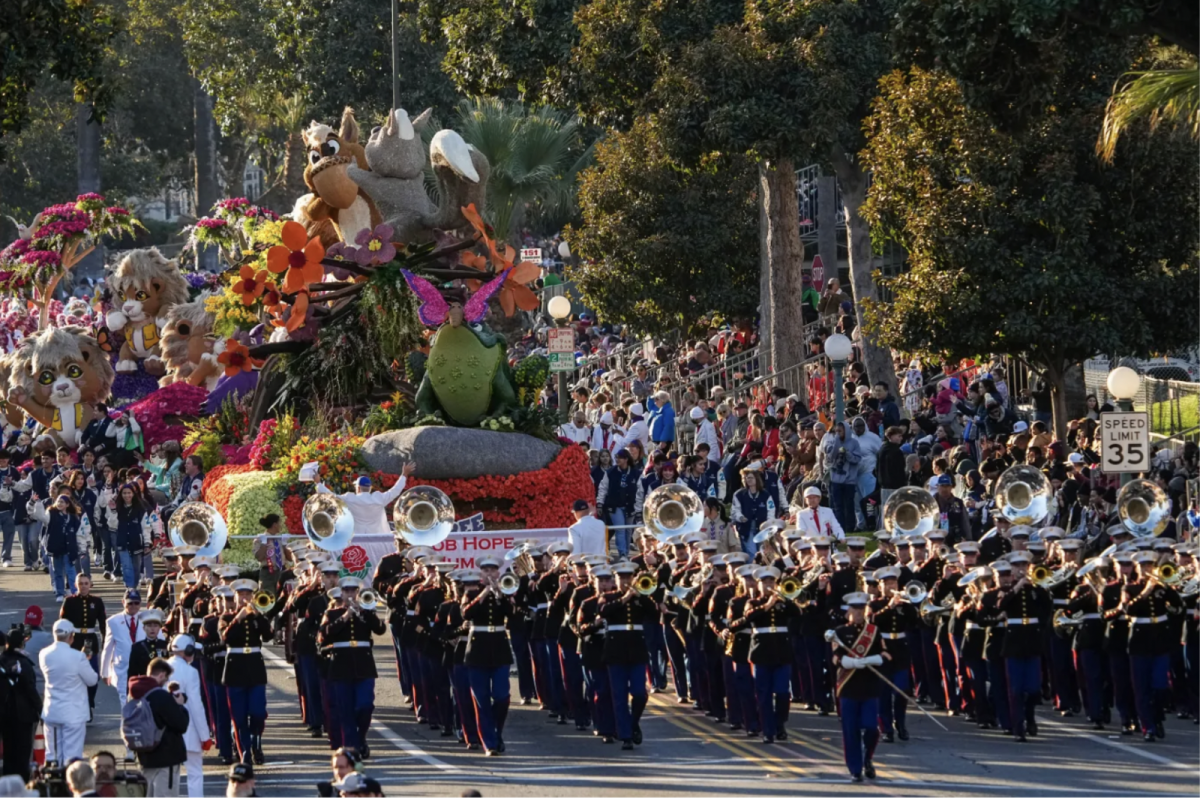With the 2024 presidential election nearing, Democratic nominee Kamala Harris and Republican nominee Donald Trump have both been heavily campaigning in the weeks leading up to the highly crucial 2024 presidential election. In a presidential election, swing states are the key to winning, especially in one as close as this. Swing states are a term used to describe US states in a presidential election that could potentially go in either candidate’s favor. Both of these candidates are vying for the few swing states that will decide this election, which are unpredictable due to the knowledge that they have all gone either way the last four elections. There are many US states that are generally always more one sided towards either the Democratic or Republican party. These states such as California, Texas, New York, and Oklahoma are examples of US states that have been won by one respective party for the last 4 consecutive elections. As most know, the presidential election is won not by majority of voters, but by the amount of electoral college votes a candidate receives. Each state, based on population, gets a certain number of electoral votes, the biggest being California, Texas, and New York. In order to win, a candidate must receive 270 electoral votes, which is the majority of the 538 total electoral votes that make up all of the United States. While the most impactful states like California get 54 electoral votes, boosting the democratic party by a large amount (Polls and data show that this is highly likely), many elections often come down to these so called swing states, due to the high unpredictability and potential to go either way even so close to the election.
The seven so called swing states that are up for grabs during this presidential election are Nevada, North Carolina, Pennsylvania, Michigan, Wisconcin, Arizona, and Georgia. Leading up to the election, it is extremely essential that each nominee spends the majority of their energy and time campaigning in these swing states due to the nature of the election and the unpredictability that is always seen in these types of states. Across these seven states, both campaigns have visited these seven swing states a total of 201 times. States that have the most electoral votes are generally the states that are visited the most by each respective party. As we can see, Pennsylvania, Michigan, and Wisconsin were the top three most visited states by Kamala Harris and the Democratic Party while Pennsylvania, Michigan, and North Carolina were the most visited by former President Trump and the Republican party. All four of these states have the highest number of electoral votes among the swing states, while Nevada, with the least number of votes at six, saw the least number of votes.
Recent polling across these states show that while Democratic nominee Harris has a small lead in Wisconsin and Michigan, Republican nominee Trump holds a slight but steady lead in all other five states. To demonstrate the extremely close proximity of these state races, the most recent polls have shown that the furthest range of these swing states is Arizona, with Trump leading by a margin of 4.2%. All other states demonstrate a difference in percentage of less than 4.2% with Harris leading Wisconsin with a percentage of 49% to Trump’s 48.8%, an 0.2% difference between the two. Should he hold on to his slight leads in the swing states of Georgia, Arizona, North Carolina, Michigan, and Nevada, former president Trump is currently projected to win the presidential election with an electoral vote of 287, surpassing the required mark of 270. However, as we have seen in years past, due to the potential for each swing state to go either way, one cannot rule out the possibility of either candidate winning the 2024 presidential election.








